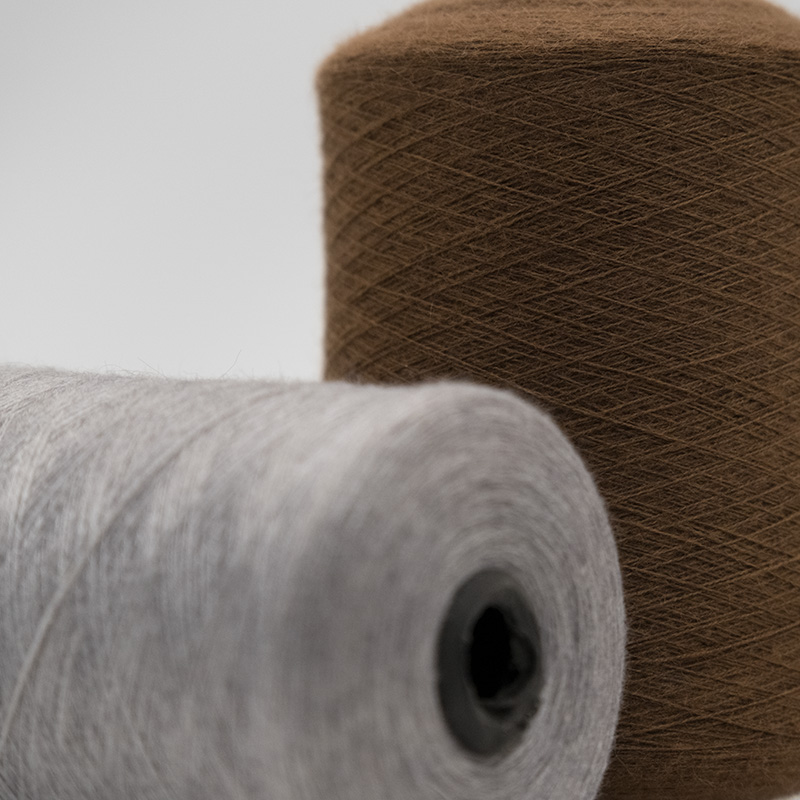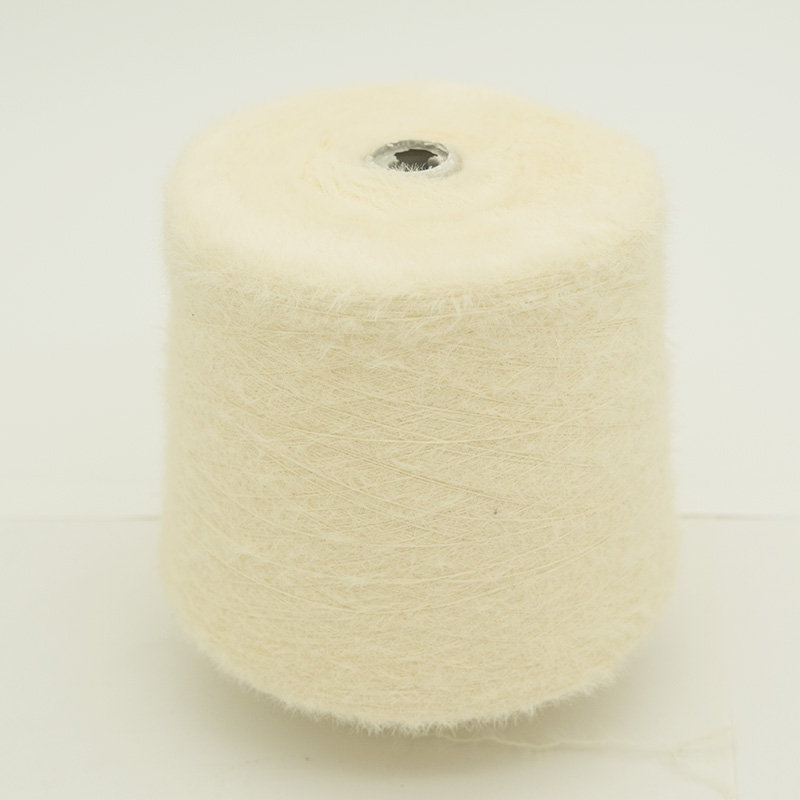Can 28/2 Four-in-one anti-pilling acrylic fabric be easily dyed or printed on for customization?
The ease of dyeing or printing on 28/2 Four-in-One anti-pilling acrylic fabric can depend on several factors, including the specific composition of the blend and any additional treatments or finishes applied to the fabric.
In general, acrylic fibers can be dyed using a variety of methods, including conventional dyeing techniques such as immersion dyeing or printing methods like screen printing or digital printing. However, the presence of other fibers in the blend, such as wool, silk, cotton, or chemical fibers, may influence the dyeing process and result in different outcomes.
Additionally, the anti-pilling treatment applied to the fabric may also affect its dyeability or printability. It's possible that certain anti-pilling finishes could interfere with dye penetration or the adhesion of printed designs.
For specific customization needs, it's advisable to consult with a textile expert or conduct a test dyeing or printing process on a small sample of the fabric to determine the best approach and ensure satisfactory results.
Can this fabric be used for outdoor or athletic wear, considering its anti-pilling feature?
The anti-pilling feature of the 28/2 Four-in-One anti-pilling acrylic fabric can make it a suitable option for outdoor or athletic wear, depending on the specific requirements of the activity and climate conditions. Here are some considerations:
Durability: The anti-pilling feature helps maintain the fabric's appearance over time, even with repeated use and washing, which is beneficial for active wear subjected to frequent movement and friction.
Comfort: Acrylic fibers are known for their softness and moisture-wicking properties, which can enhance comfort during physical activities. However, the presence of other fibers in the blend may influence the fabric's breathability and moisture management capabilities.
Versatility: The fabric's adaptability to various seasons and occasions makes it suitable for outdoor activities throughout the year, from lightweight garments in spring and summer to warmer clothing in autumn and winter.
Performance: Depending on the specific blend of fibers, the fabric may offer additional performance features such as stretch, water resistance, or thermal insulation, enhancing its suitability for outdoor or athletic wear.
Customization: The fabric's ability to be easily dyed or printed on allows for customization options, such as adding logos or designs for team uniforms or branded sportswear.



 English
English русский
русский Español
Español 中文简体
中文简体




















